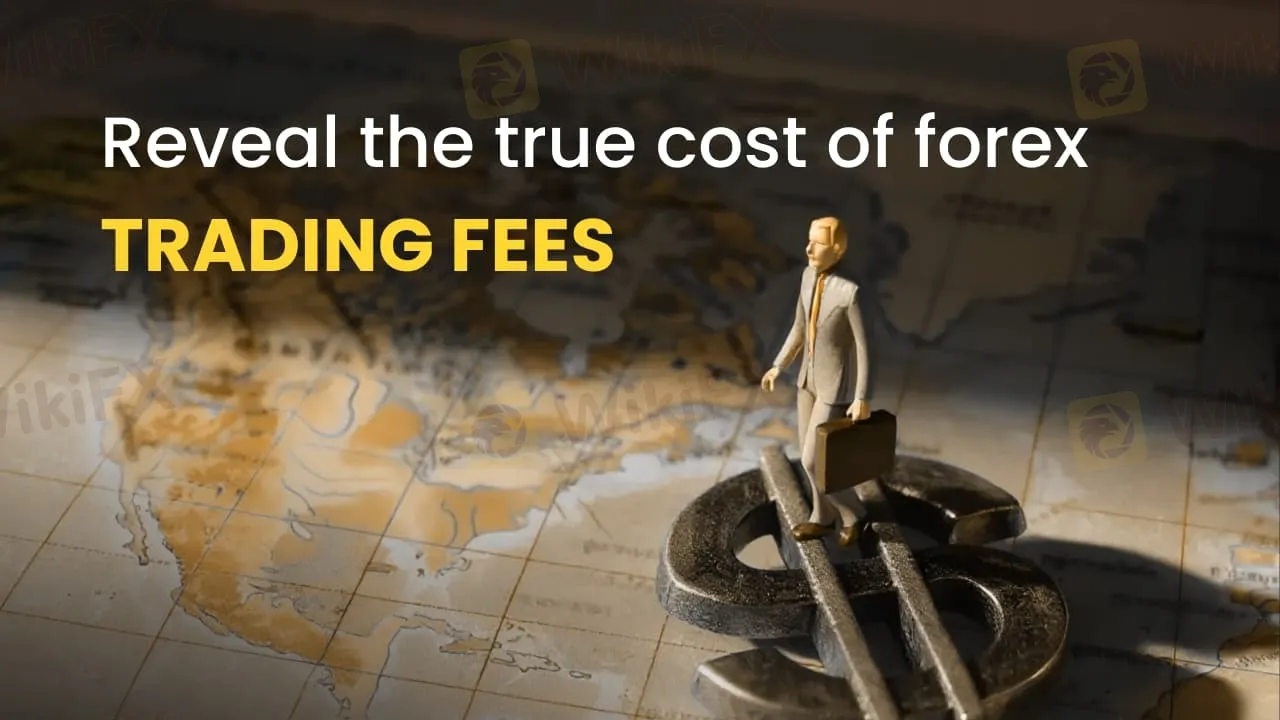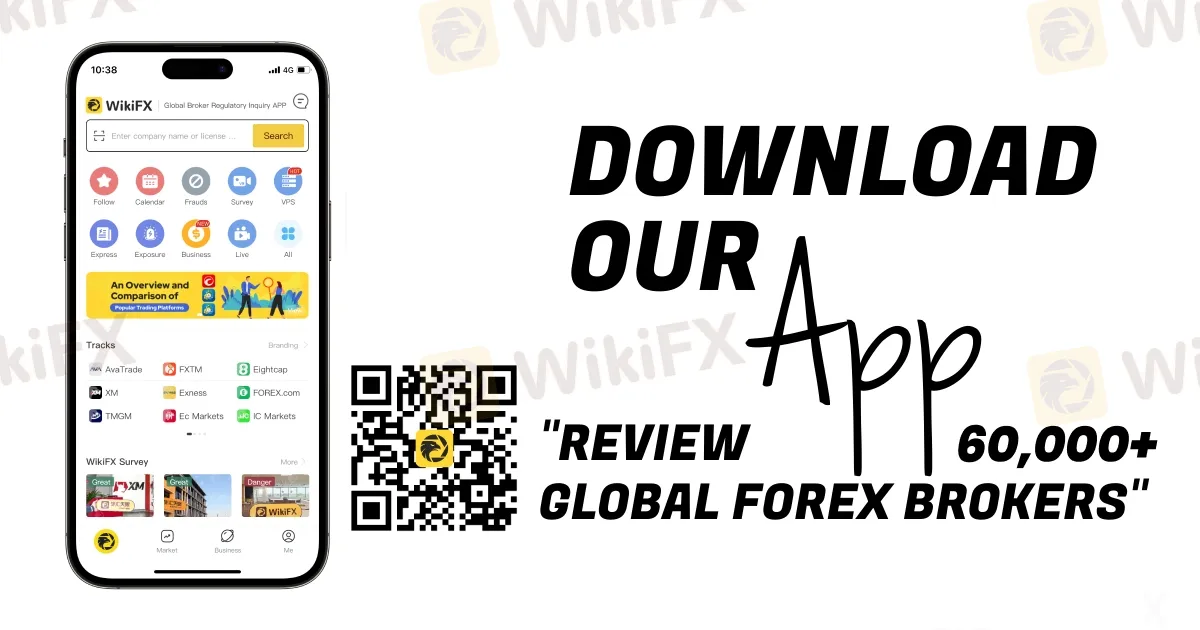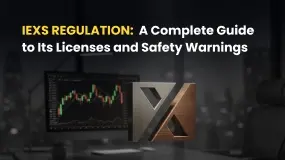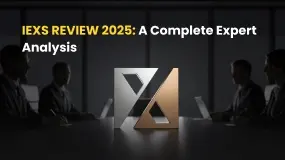简体中文
繁體中文
English
Pусский
日本語
ภาษาไทย
Tiếng Việt
Bahasa Indonesia
Español
हिन्दी
Filippiiniläinen
Français
Deutsch
Português
Türkçe
한국어
العربية
Reveal the true cost of forex trading fees
Abstract:Potential profits and market opportunities are usually the most focused factors for traders in the forex market. This article focuses on explaining how small fees add up over time and affect profitability.

Potential profits and market opportunities are usually the most focused factors for traders in the forex market. This article focuses on explaining how small fees add up over time and affect profitability.
Breaking Down Forex Trading Fees
Forex brokers typically earn money through several spreads, commissions, swap fees, and additional fees.
Spreads: The difference between the bid and ask price of a currency pair.
Commissions: A fixed fee per lot traded, usually in ECN or low-spread accounts.
Overnight/Swap Fees: Charged when positions are held overnight.
Additional Fees: Including withdrawal charges, inactivity fees, or currency conversion costs.
How Fees Add Up in Practice: Example in Reality
If a trader decided to invest in Exness, Exness offers tight spreads as low as 0.1 pips on EUR/USD in its Raw Spread account, but charges a commission of $7 per lot. A scalper executing 50 trades in a month (1 lot each) would pay:
- $7 x 50 trades = $350 in commissions alone.
- If spreads average 0.1 pips, that adds roughly another $50.
- Total monthly cost: $400, excluding swaps.
At first glance, commission-based accounts may seem expensive, but depending on your trading style, they can save you money over time.
The Hidden Impact of Overnight Fees
For swing traders, overnight swaps can become a silent cost. For example, a forex broker charges positive or negative swaps depending on interest rate differentials. Holding a standard 1-lot EUR/USD trade for 10 nights could cost around $40–$60 in swaps, depending on market conditions. This may not seem much, but compounded over a year, it adds hundreds of dollars.
How Fees Affect Profitability
Imagine a trader generates an average monthly profit of $1,500. If trading fees account for $400–$700 of costs, thats 27–47% of profits lost to fees. Over a year, this could mean thousands of dollars in reduced net returns.
Particularly, High-frequency traders, though less affected by spreads, cannot ignore swaps and hidden costs.
Minimizing Forex Trading Costs
- Choose the Right Broker for Your Strategy – WikiFX offers a good way for traders to choose a suitable broker. Traders may benefit from low-spread, commission-based brokers, as WikiFX offers broker details.
- Compare Swap Rates – Especially for swing or position trading.
- Watch for Hidden Fees – Withdrawal charges and currency conversions can reduce net gains.
Conclusion
The true cost of forex trading fees is important because it contains some small fees that you may ignore initially. What seems like a fraction of a pip or a minor overnight charge can accumulate into thousands over time. Traders who want to maximize profitability must go beyond headline spreads and compare the all-in costs across brokers.
By revealing and understanding these hidden costs, traders can make informed choices, align with the right broker, and ultimately keep more of their profits.

Disclaimer:
The views in this article only represent the author's personal views, and do not constitute investment advice on this platform. This platform does not guarantee the accuracy, completeness and timeliness of the information in the article, and will not be liable for any loss caused by the use of or reliance on the information in the article.
Read more

FONDEX Review: Do Traders Really Face Inflated Spreads & Withdrawal Issues?
Does FONDEX charge you spreads more than advertised to cause you trading losses? Does this situation exist even when opening a forex position? Do you witness customer support issues regarding deposits and withdrawals at FONDEX broker? Does the customer support official fail to explain to you the reason behind your fund loss? In this article, we have shared FONDEX trading complaints. Read on!

IEXS Regulation: A Complete Guide to Its Licenses and Safety Warnings
When choosing a broker, every trader's biggest concern is safety and trust: is it regulated? For IEXS, the answer isn't simply YES or NO. While the company says it's regulated by trusted authorities, looking closer shows a complicated and worrying situation with mixed evidence and serious risks. What they claim on the surface doesn't match up with official warnings, license problems, and many bad user experiences. This article gives you a detailed, fact-based look into IEXS regulations, breaking down their official licenses, what their trading platform is really like, and real stories from traders who have used it. Our goal is to give you the facts so you can make a smart decision about keeping your money safe.

IEXS Review 2025: A Complete Expert Analysis
Choosing the right forex broker requires careful research. IEXS, a broker that has been operating for 5-10 years, shows a mixed picture for traders. The company is based in the UK and claims to serve customers worldwide, offering many different trading options on the popular MT4 platform. However, when we look closely at its licenses and read what users say about it, we find serious problems that potential customers need to know about. This review gives you a complete analysis based on publicly available information, focusing on regulation, trading conditions, how well the platform works, and real experiences from users.

Announcement: Points Mall Now Online
Dear Users, Thank you for your continued support and companionship! To show our appreciation, we are excited to announce that our carefully designed Points Mall is officially online! Complete tasks to earn points and redeem them for great rewards!
WikiFX Broker
Latest News
The Debt-Reduction Playbook: Can Today's Governments Learn From The Past?
Trillium Financial Broker Exposed: Top Reasons Why Traders are Losing Trust Here
FIBO Group Ltd Review 2025: Find out whether FIBO Group Is Legit or Scam?
Amillex Withdrawal Problems
Is INGOT Brokers Safe or Scam? Critical 2025 Safety Review & Red Flags
150 Years Of Data Destroy Democrat Dogma On Tariffs: Fed Study Finds They Lower, Not Raise, Inflation
【WikiEXPO Global Expert Interviews】Ashish Kumar Singh: Building a Responsible and Interoperable Web3
Trump: India\s US exports jump despite 50% tariffs as trade tensions ease
CQG Partners with Webull Singapore to Power the Broker’s New Futures Trading Offering
IEXS Review 2025: A Complete Expert Analysis
Currency Calculator




